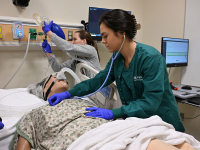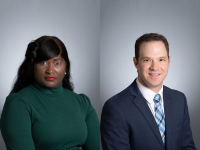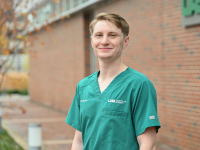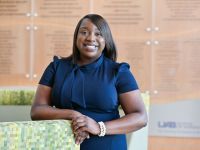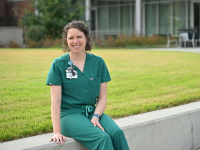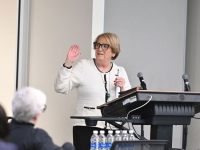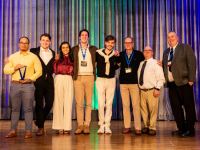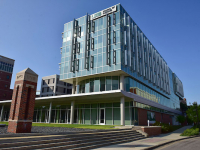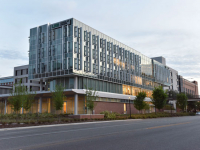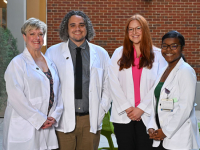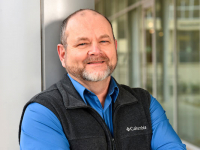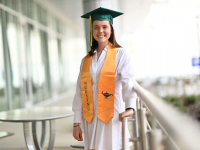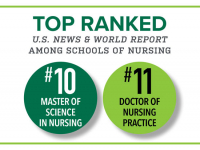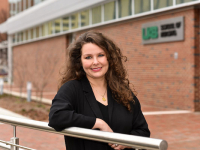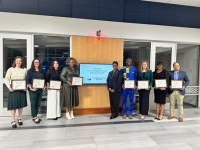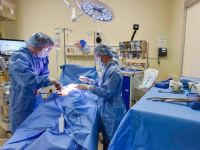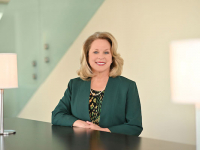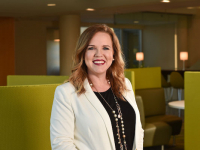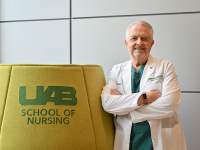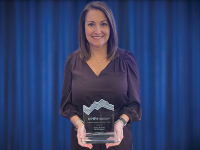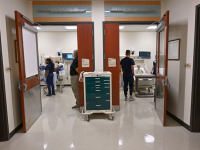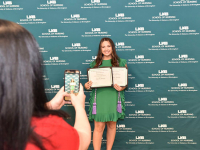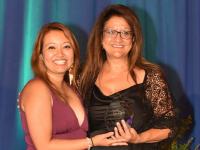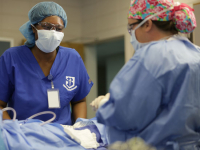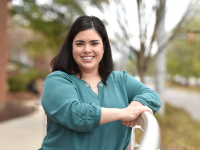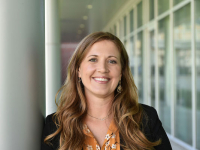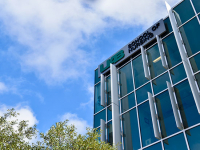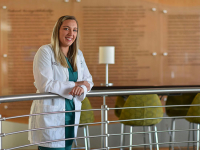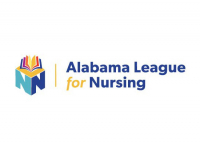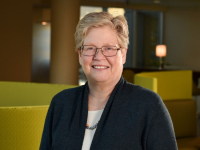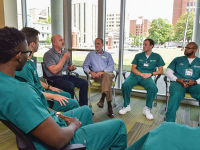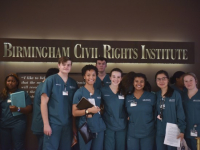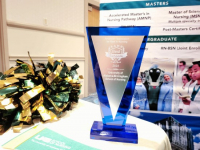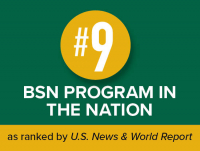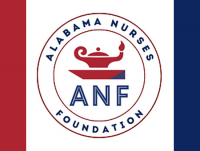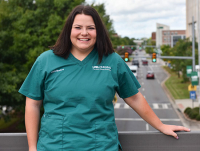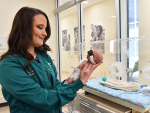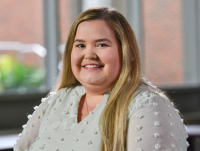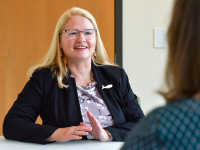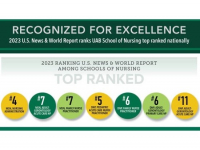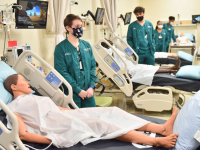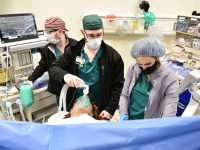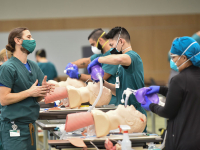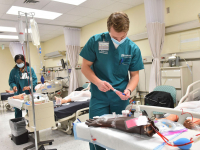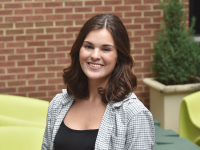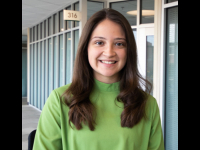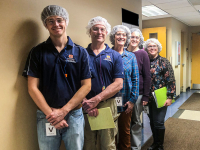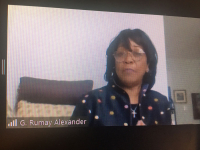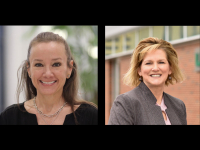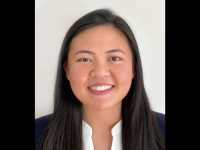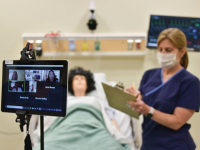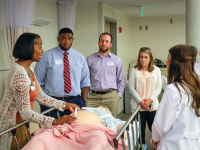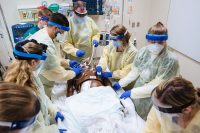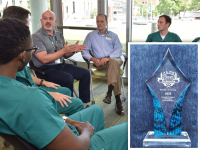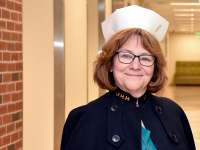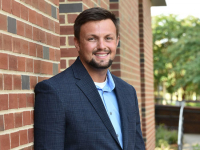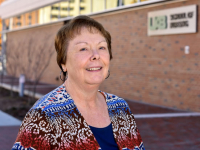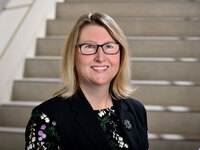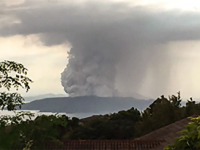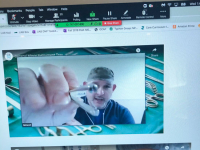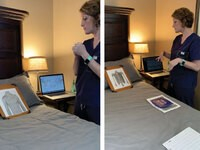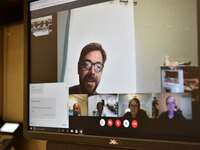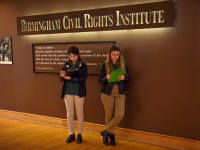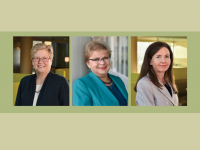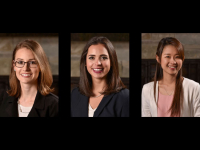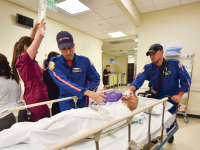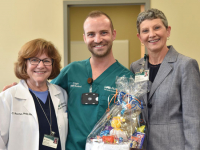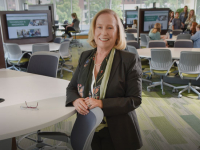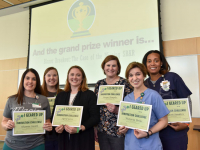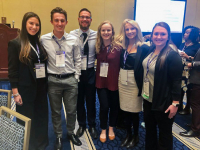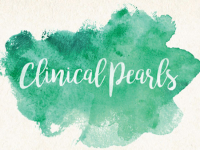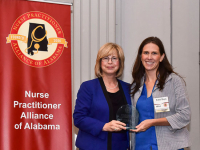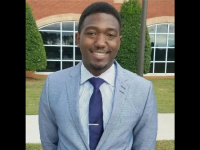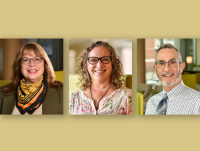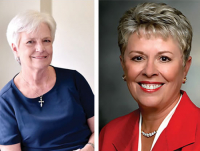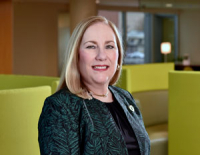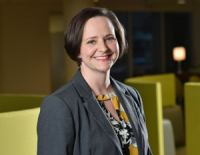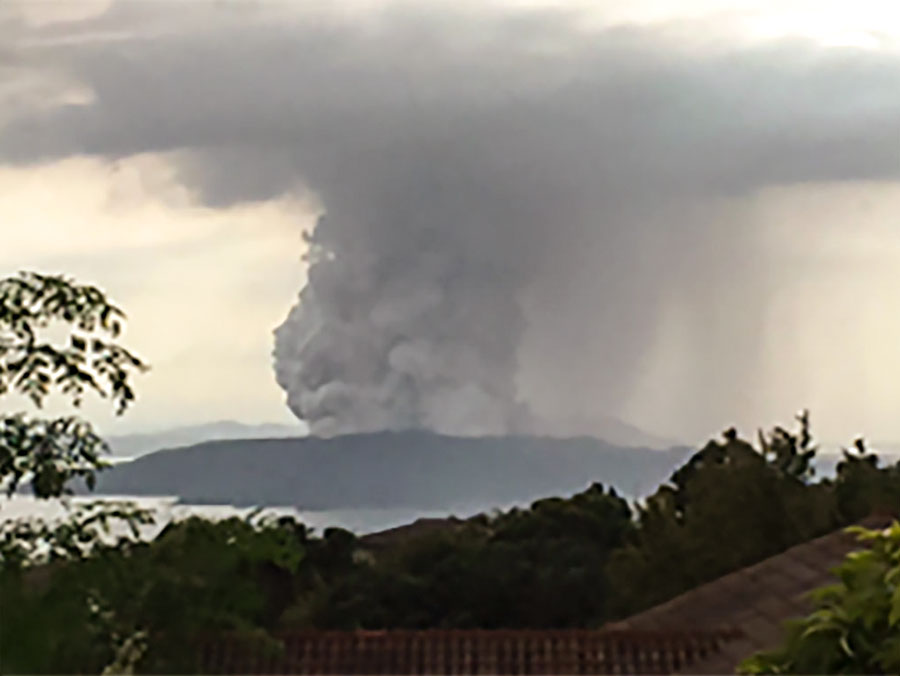 Tourists and residents near the Philippine resort community of Tagaytay Highlands were enjoying an idyllic Sunday afternoon on January 12, 2020. No one paid much attention the lunchtime display of smoke and ash from the Taal volcano since it had been periodically emitting small plumes of smoke in the previous months.
Tourists and residents near the Philippine resort community of Tagaytay Highlands were enjoying an idyllic Sunday afternoon on January 12, 2020. No one paid much attention the lunchtime display of smoke and ash from the Taal volcano since it had been periodically emitting small plumes of smoke in the previous months.
Prior to January, the Taal volcano, located about 60 kilometers (37 miles) south of Manila on the island of Luzon, had been mostly silent for 50 years.
When the air became thick with the smell of sulfur and the column of smoke and ash continued to grow, however, retired University of Alabama at Birmingham (UAB) School of Nursing faculty member and alumna Ayda Nambayan, PhD, RN (PhD 1997), became concerned. Nambayan lives only 7 kilometers from the volcano, which she can see from her bedroom window, and by 4 p.m., a steady rain began to fall.
“I have never seen rain like this, it was like snowing mud and tiny rocks,” Nambayan said. At one point she got stuck in her car because its windshield wipers were no match for the sticky mess. By morning there was a two-inch-thick coating on everything, and electricity and water had been cut off.
“Our neighborhood looked like the scene from a scary movie,” she said.
Residents were forced to evacuate, and Nambayan stayed with family farther from the volcano and the aftermath of its eruption. When residents returned home weeks later, however, they were faced with more than a typical cleanup process.
“In the midst of cleaning up after the eruption, we were again asked to practice enhanced community quarantine because of COVID-19,” she said. Residents were asked to stay home and only go out for necessities once a week. “Now, I am living the new normal of social distancing, facemask, temperature checks and community quarantine pass before I can go anywhere. Being a nurse, washing hands and disinfections have always been part of me, so no adjustments there.”
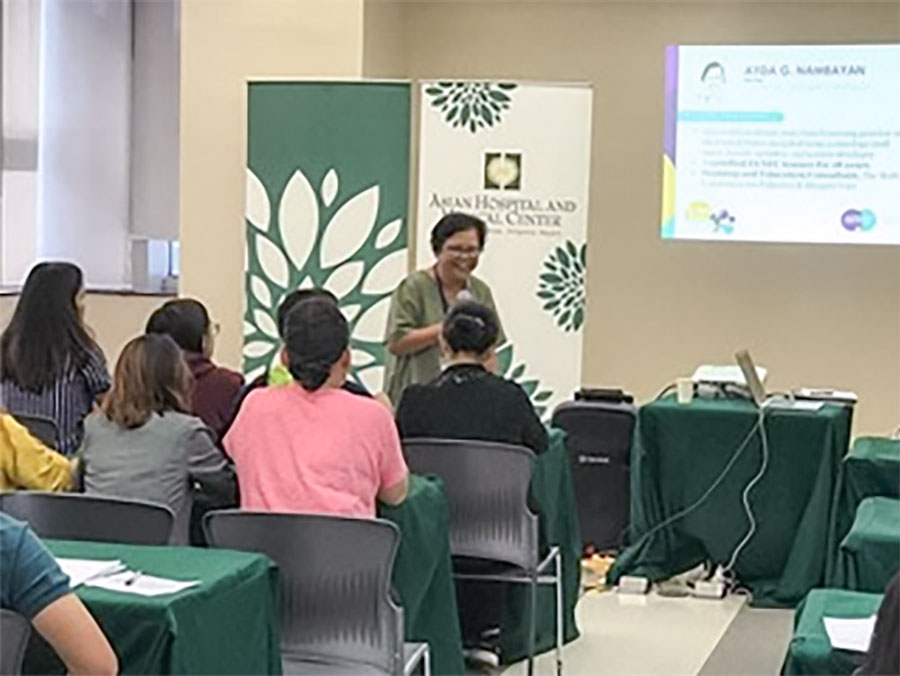 Nambayan currently volunteers as a committee member for various international and regional cancer professional organizations and she consults with hospitals to establish oncology units and train their staff in oncology care. In addition, she works as a training consultant with The Ruth Foundation which provides palliative and hospice care for marginalized Filipinos.
Nambayan currently volunteers as a committee member for various international and regional cancer professional organizations and she consults with hospitals to establish oncology units and train their staff in oncology care. In addition, she works as a training consultant with The Ruth Foundation which provides palliative and hospice care for marginalized Filipinos.
“For our COVID initiative, I designed a series of web trainings in collaboration with AACNs ELNEC (End-of-Life-Care). Hopefully, it will be helpful to the nurses as they care for the COVID victims,” said Nambayan. “Since I am too old for the frontline anymore, this is my way of supporting these heroes.”
Nambayan received the first full-time international faculty member appointment to the UAB School of Nursing in 1978, where she taught for 24 years. She also held a joint appointment as a scientist at the O’Neal Comprehensive Cancer Center. After her retirement, she developed content for Cure4Kids.org as part of St. Jude Children’s Research Hospitals’ Global Pediatric Medicine educational portal.
She moved back home to the Philippines 10 years ago in what she describes as the “homing pigeon effect.” Though there have been many challenges to adjusting to new cultural norms, she has enjoyed getting back to her roots through traveling and connecting with family and friends.
“It gives me hope that in spite of all of this chaos, there might still be a warm and wonderful summer ahead,” Nambayan said. “I am looking forward to the rainy season, not because I love the rain but because it will help clean up the mess and Taal Lake. I guess this is what life is all about, so I keep my faith.”

